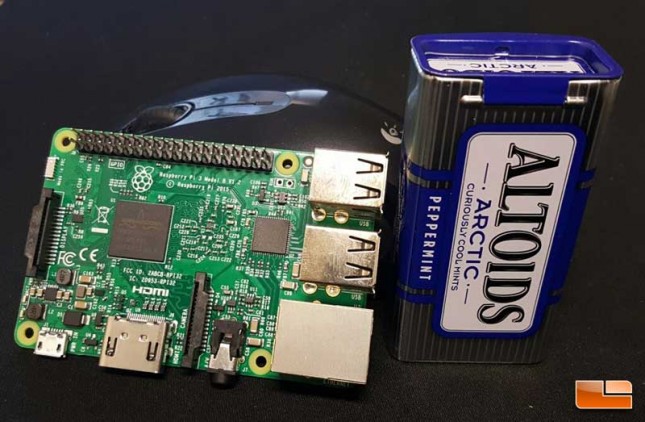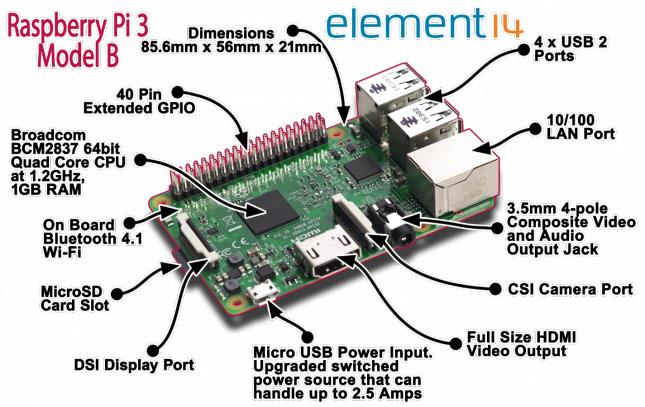WD Labs PiDrive 314GB Hard Drive Review
What is a Raspberry Pi

For those that don’t know what a Raspberry Pi is, its a credit-card sized low cost computer that can be connected to a TV or monitor. This was created by the folks at www.raspberrypi.org to aid in the teaching of kids scripting languages like Python. The Raspberry Pi has had many versions over the last couple years. With each new version a new uses outside of education is found. The Raspberry Pi 2 has been used by the open source crowd to make low power set top media players, retro MEME cabinets, control robots, low power NAS systems, data collection points for research, the new Internet Of Things (IoT) trend, the list keeps growing.
The Raspberry Pi’s in the past had a bottle neck to them. This is due to the wired 10/100 LAN and four USB2.0 ports all shared a connection to the CPU. Until the recently released Raspberry Pi 3 the Pi units did not have on-board WiFi or Bluetooth. So out of the gate all the network, and USB traffic was funneled into the bottleneck. This also put strain on the power the system could provide via the USB ports. To get around this power issue users added powered USB hubs thus increasing the system foot print.

Back in February of this year the Raspberry Pi 3 Model B was released for a low price of $35, this new version of the Pi sports new features such as a 1.2GHz 64-bit quad-core ARM Cortex-A53 CPU, 2.4GHz 802.11n Wireless LAN, Bluetooth 4.1, and Bluetooth Low Energy (BLE). This addition of the on-board WiFi and new CPU I was thinking this could be a viable low power general use PC. This idea was reinforced when I was offered the chance to test the WD PiDrive. The Raspberry Pi 3 Model B is what I will be using for my testing.
I will also be comparing the WD PiDrive 314GB to Sandisk Ultra 64GB SD card, Sandisk Ultra 128GB USB3.0 flash drive, and a WD My Passport 320GB USB3.0 2.5 external.
